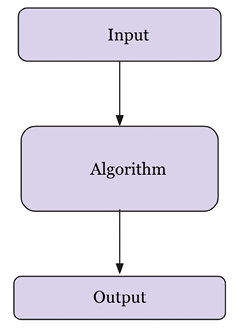-
Book Overview & Buying

-
Table Of Contents
-
Feedback & Rating

Hands-On Data Structures and Algorithms with Python – Third Edition - Third Edition
By :

Hands-On Data Structures and Algorithms with Python – Third Edition
By:
Overview of this book
Choosing the right data structure is pivotal to optimizing the performance and scalability of applications. This new edition of Hands-On Data Structures and Algorithms with Python will expand your understanding of key structures, including stacks, queues, and lists, and also show you how to apply priority queues and heaps in applications. You’ll learn how to analyze and compare Python algorithms, and understand which algorithms should be used for a problem based on running time and computational complexity. You will also become confident organizing your code in a manageable, consistent, and scalable way, which will boost your productivity as a Python developer.
By the end of this Python book, you’ll be able to manipulate the most important data structures and algorithms to more efficiently store, organize, and access data in your applications.
Table of Contents (17 chapters)
Preface
 Free Chapter
Free Chapter
Python Data Types and Structures
Introduction to Algorithm Design
Algorithm Design Techniques and Strategies
Linked Lists
Stacks and Queues
Heaps and Priority Queues
Hash Tables
Graphs and Algorithms
Searching
Sorting
Selection Algorithms
String Matching Algorithms
Other Books You May Enjoy
Index
Appendix: Answers to the Questions
Customer Reviews


